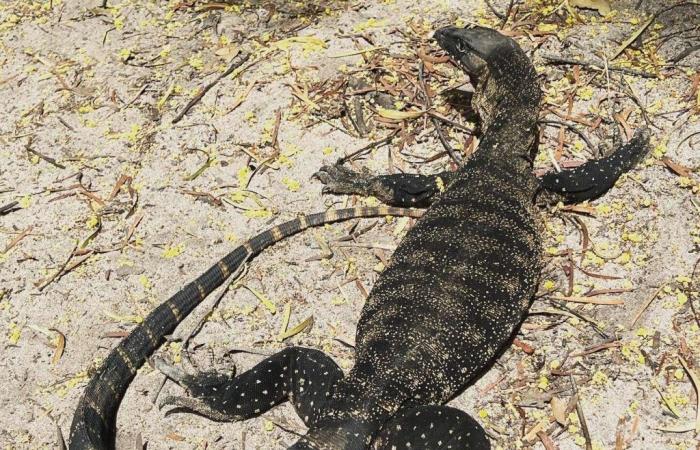TAll animals have their charm, that is understood. But, once this principle is affirmed, it must be recognized that Lucilia cuprina is a calamity. In Australia, this green fly that develops on animal carcasses has the unfortunate tendency to attack live sheep as well. More precisely, it loves to lay eggs in their wool, near a wound or a simple irritation. After hatching, the maggots colonize the flesh, devour it, and, as if that were not enough, secrete ammonia, which poisons the animal. The country’s farmers have calculated the calamity: 280 million Australian dollars (more than 170 million euros) each year.
To combat the disaster, the authorities once had a great idea: import foxes. A willing scavenger, this great cleaner would rid them of the classic green fly habitats, in addition to constituting a prime target for hunters. Except that the fox is also a predator. By developing on the island continent, the species has itself become a scourge, responsible for 30% of lamb deaths. In addition, the fox constitutes, along with the cat, a threat to many native species, including monitor lizards, of which Australia is home to no less than 34 species, out of the 89 known in the world. Eradication programs for the two invasive species were launched in South Australia. A real dilemma for breeders: getting rid of foxes is good, but not at the cost of an explosion of Lucilia cuprina.
A study published on June 25 in the journal Ecology and Evolution should reassure them. Researchers from the University of Cambridge (United Kingdom) have shown that when it comes to attacking flies, the Rosenberg monitor is better than the cunning mammal. For a year, they monitored the behavior of different scavengers on two sites in southern Australia, the Yorke Peninsula and Kangaroo Island. They took advantage of the eradication programs already underway to install 180 carcasses in different environments, with or without foxes, with or without cats, with or without monitor lizards. They filmed the places continuously for five days, weighed the carcasses before and after and… counted the maggots, which just goes to show that the life of a scientist is not always easy. “It was quite disgustingadmits Tom Jameson, a thesis student in the zoology department at Cambridge and first author of the publication. In the absence of scavengers, we counted up to 1,000 maggots on a rat corpse. And the flies they produce can spread 20 kilometers around. »
You have 46.74% of this article left to read. The rest is reserved for subscribers.







